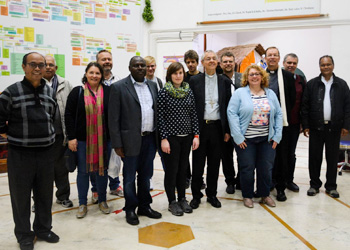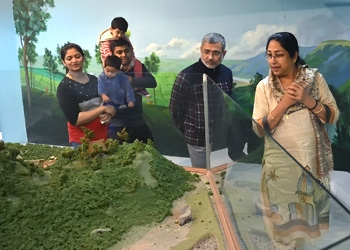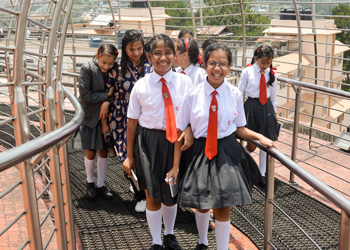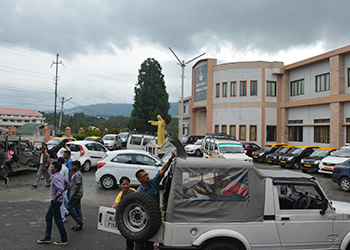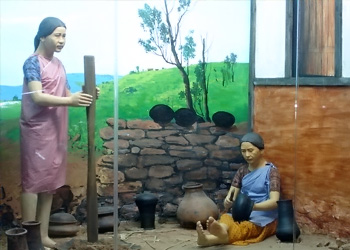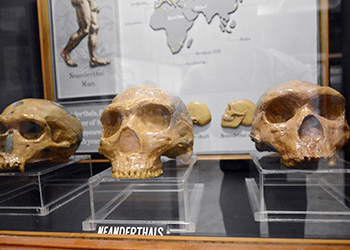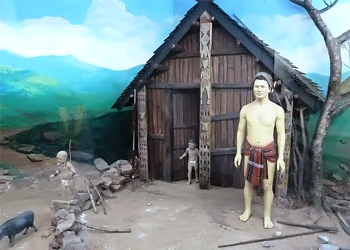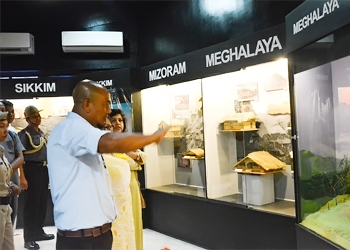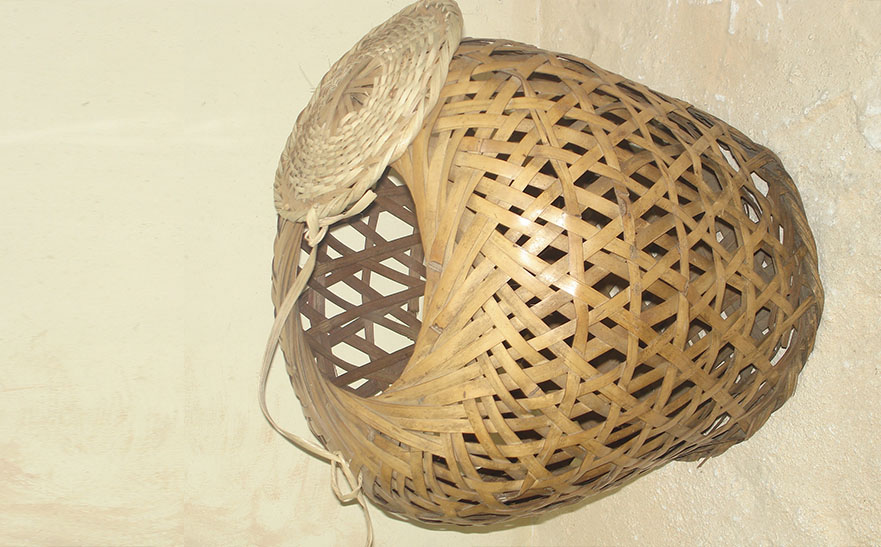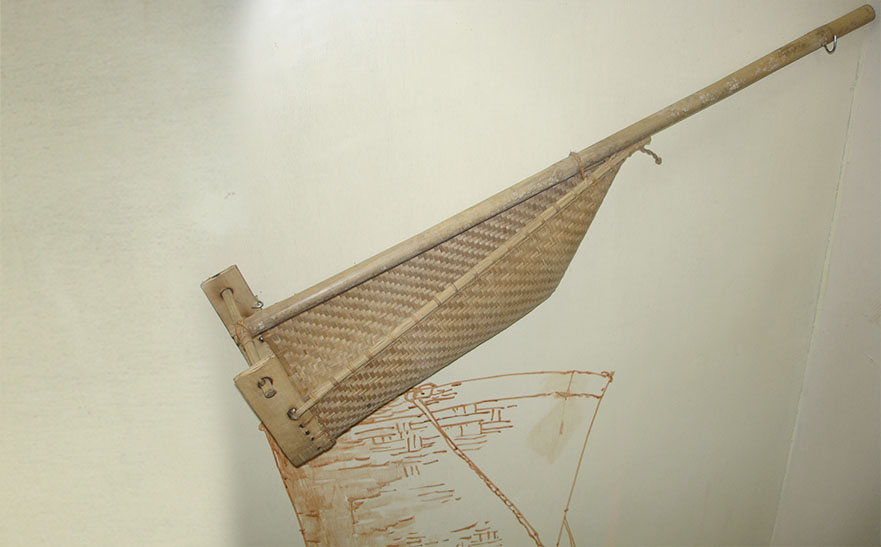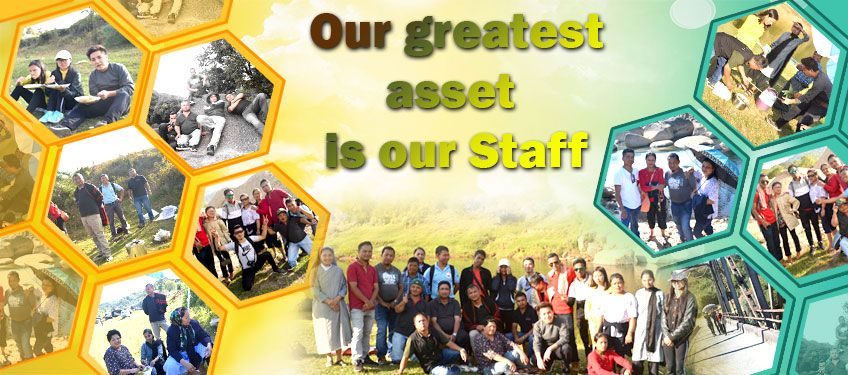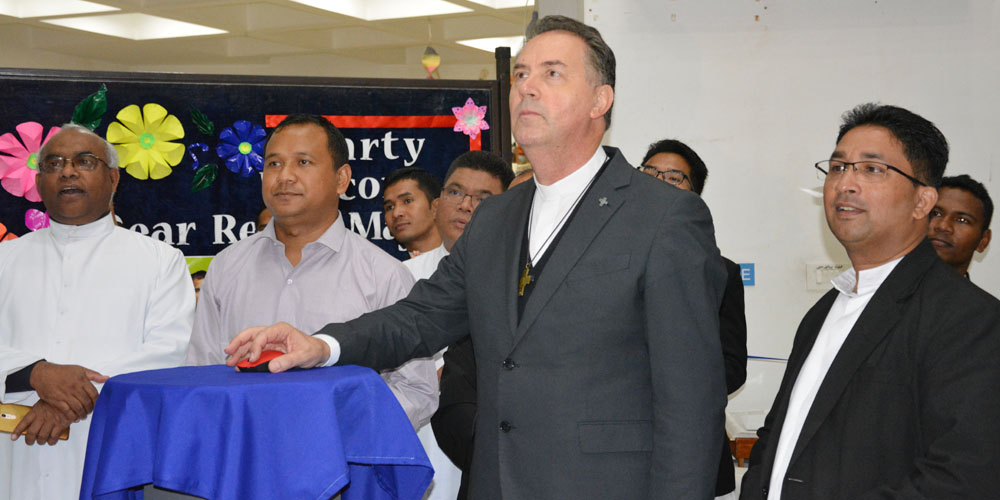Basketry Gallery
Basketry is a vital skill for all communities in North East India, each tribe engages in it, and baskets are produced in many shapes and forms, and are used for different purposes.
They are used as containers for crops or household goods, placed inside the granaries or community houses, or for carrying baggage and merchandise. They range from rough little receptacles made in a few minutes, into which a chicken might be thrust for a journey, to carefully woven baskets used to carry rice form the fields, or to transport fish from the river to the village or the market.
Baskets are usually made of bamboo. Bamboo about a year old is gathered from the forest usually between July and October. After removing its branches and leaves, it is cut to the required length. The piece is then split into splints about an inch wide. The purpose to which the splints are to be put is taken into account – for mats, the splints are made of only one internode, for small baskets usually two, while for larger baskets three or even four internodes are split together.
The art of basketry shows the importance of bamboo in the material culture of most tribes. Besides baskets various other household items like plates, saucers, spoons and combs, as well as agricultural and fishing utensils are made from bamboo. Bamboo is also used for dress, like headgears of different shapes and rain shields.
In Nagaland there is a saying that “Man starts life in a cradle of bamboo and ends it in a coffin of bamboo”.
Among the Rongmei in Manipur it is said, “I construct my house with bamboo, use bamboo utensils in a bamboo house; I burn dried bamboo as fuel, use bamboo torches and eat bamboo pickles”.






